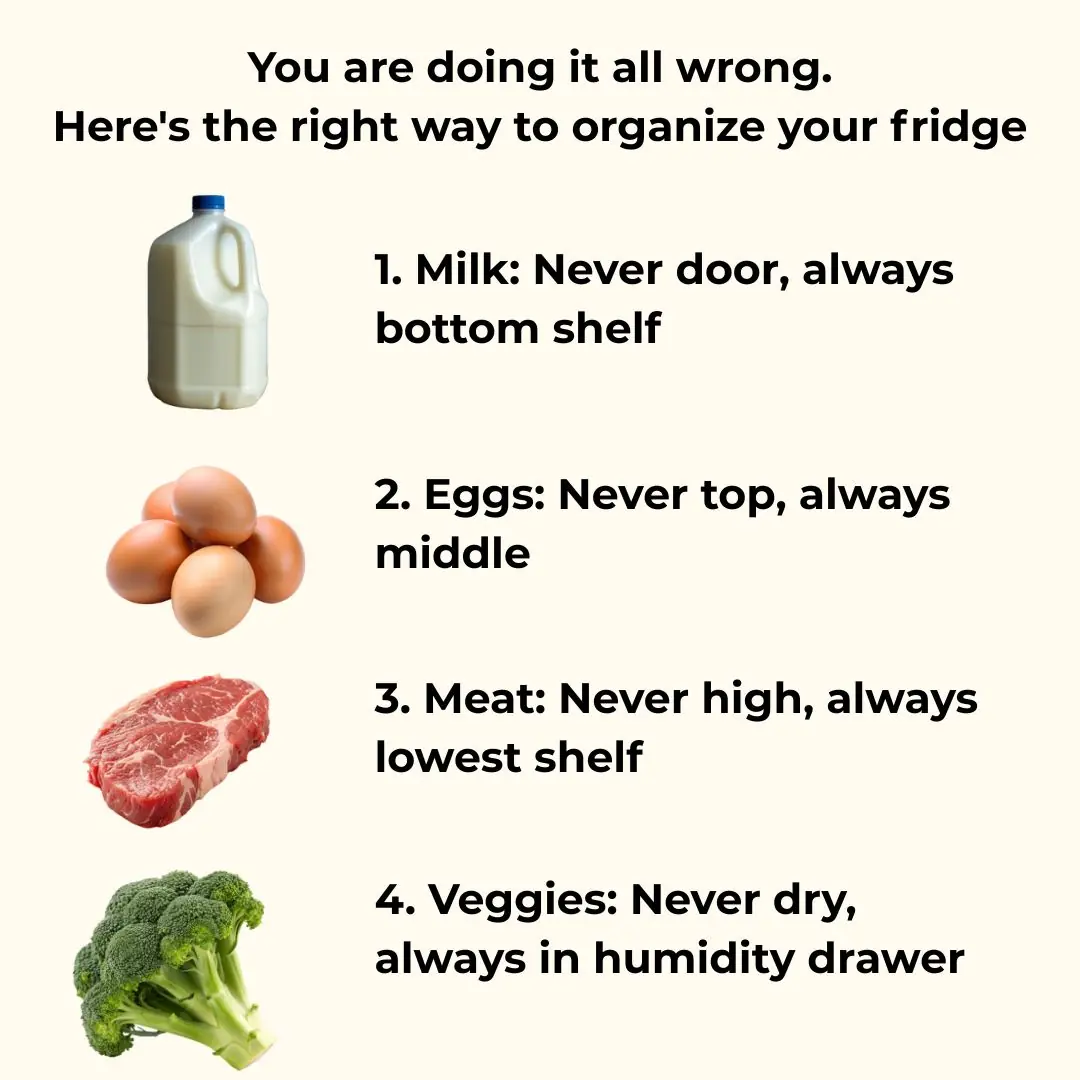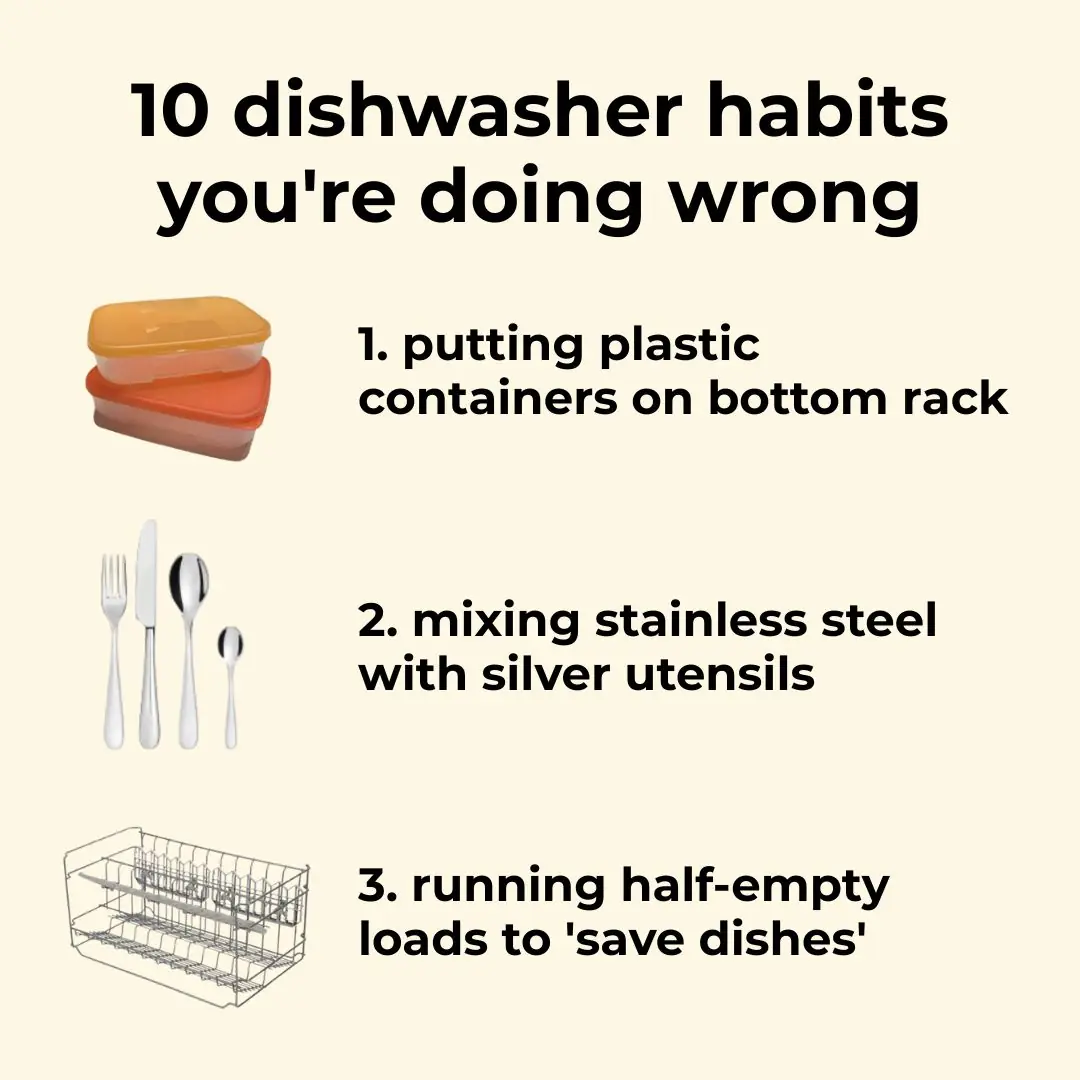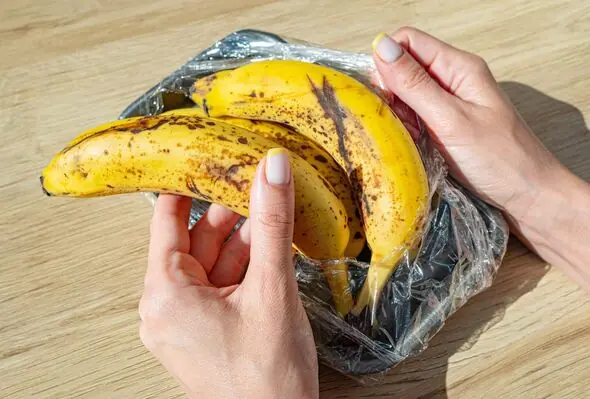
You are doing it all wrong. Here’s the right way to use your slow cooker
In today's fast-paced world, the slow cooker has become an essential kitchen appliance, transforming even the toughest cuts of meat into tender, flavorful dishes while simplifying meal preparation for busy individuals and families. Yet, despite its widespread popularity, many home cooks are still not harnessing their slow cookers to their full potential. If you've ever been disappointed by a watery stew, bland flavors, or unevenly cooked meals, you might be making some common but easily avoidable mistakes.
Understanding the subtleties of slow cooking can elevate your culinary creations from ordinary to extraordinary. Whether you're new to slow cooking or a seasoned pro, there’s always room to refine your technique. In this article, we’ll explore the best practices for slow cooking, helping you unlock the full potential of your appliance and ensuring that every meal is rich, flavorful, and perfectly cooked. With a few thoughtful adjustments, your slow cooker can become your most reliable kitchen companion.
1. Start with Thawed Meat for Optimal Cooking
One of the fundamental rules of slow cooking is to always begin with thawed meat. While it might be tempting to toss frozen meat into the slow cooker to save time, this can result in uneven cooking and create potential food safety hazards. The USDA warns that food should not sit between 40°F and 140°F for more than two hours, as this “danger zone” allows bacteria to multiply rapidly.
Starting with thawed meat ensures that it cooks evenly and reaches a safe internal temperature quickly. This preserves the meat’s texture and flavor while preventing the overcooking of vegetables and other ingredients. If you’re pressed for time, use your microwave’s defrost function or leave the meat in the refrigerator overnight to thaw safely. For even better results, consider marinating the meat while it thaws to enhance flavor.
2. Resist the Urge to Lift the Lid Mid-Cook
Every time you lift the lid, valuable heat escapes, extending the cooking time by 15 to 30 minutes or more. Slow cookers rely on a consistent temperature to gradually break down the fibers in meat, creating tender, melt-in-your-mouth textures.
To avoid the temptation of lifting the lid, invest in a slow cooker with a transparent lid so you can monitor progress visually. If you must stir or add ingredients, do so quickly and replace the lid immediately. This small habit can make a huge difference in achieving perfectly cooked dishes every time.
3. Use the Right Amount of Liquid
Slow cookers differ from stovetop cooking in that very little liquid evaporates during the cooking process. Adding too much liquid can dilute flavors, while too little may leave ingredients dry or unevenly cooked. As a general rule, adding enough liquid to cover ingredients halfway is sufficient.
For soups and stews, you may need to adjust based on the recipe, but remember: it’s always easier to add liquid later than to remove excess. You can also experiment with flavorful broths, wine, or tomato sauces instead of water to enrich your dishes without increasing volume.
4. Add Dairy Products Late in the Cooking Process
Dairy products like milk, cream, and cheese can curdle or separate if cooked for long periods. To preserve the creamy texture and flavor, add these ingredients in the last hour of cooking.
If making creamy soups or sauces, try alternatives like evaporated milk, Greek yogurt, or a cornstarch slurry. These options withstand longer cooking times better while delivering the rich, velvety texture you desire.
5. Choose the Right Cut of Meat
Not all meats are suitable for slow cooking. Tough cuts like chuck roast, brisket, short ribs, and pork shoulder shine in a slow cooker, as the extended cooking time breaks down connective tissue, resulting in tender, flavorful meat.
Avoid lean cuts such as chicken breast or pork tenderloin, which can dry out over long cooking times. Bone-in, skin-on cuts are ideal, as they retain moisture and add depth of flavor. Additionally, seasoning meats generously and searing them beforehand can enhance both taste and texture.
6. Preheat Your Slow Cooker
Just like an oven, preheating your slow cooker helps jumpstart the cooking process. By bringing the pot to temperature before adding ingredients, you reduce overall cooking time and ensure more even results.
Preheat on high for 15–20 minutes while preparing your ingredients. This is especially useful for recipes that require browning meat or sautéing aromatics, creating a seamless transition to slow cooking without compromising texture or flavor.
7. Layer Ingredients Strategically
Proper layering ensures even cooking. Place dense root vegetables, like potatoes and carrots, at the bottom, as they take longer to cook. Meats go on top, allowing juices to drip down and flavor the vegetables. Softer or delicate ingredients should be added later to prevent them from becoming mushy.
Layering also enhances flavor integration, as the slow cooker naturally blends aromas and textures over time. Herbs can be added at different stages—sturdier ones at the start and delicate fresh herbs near the end—to achieve a balanced, aromatic finish.
8. Understand High and Low Settings
Knowing when to use high versus low heat can make or break a recipe. The low setting is perfect for dishes that need extended cooking, allowing flavors to meld and tough meats to tenderize. The high setting is suitable when time is limited, but it may overcook delicate ingredients.
As a tip, if a recipe calls for 8 hours on low, cooking on high may require about 4–5 hours. Always monitor progress, especially the first few times you adapt a recipe, to ensure optimal results.
9. Expand Beyond Stews and Soups
Slow cookers are incredibly versatile. Beyond stews and soups, they can handle casseroles, roasts, desserts, and even bread.
Experiment with slow-cooked curries, pulled pork, chili, or vegetable ragouts. Sweet dishes like apple crisp, bread pudding, or chocolate lava cake are also possible, proving that your slow cooker can be a year-round culinary powerhouse. Trying international recipes can inspire creativity and turn everyday meals into memorable experiences.
10. Adjust Cooking Times for Different Ingredients
Different ingredients require different cooking times. Seafood may need only 1–2 hours, whereas brisket or pork shoulder may need 6–8 hours. Staggering ingredient addition ensures everything is perfectly cooked and flavorful.
This approach also allows for customizing texture, whether you prefer slightly firm vegetables or melt-in-your-mouth meat. Over time, you’ll develop an intuition for timing, elevating your slow cooking skills significantly.
11. Clean and Maintain Your Slow Cooker Regularly
Proper cleaning and maintenance extend your slow cooker’s lifespan. After each use, wash the removable pot and lid with warm, soapy water, avoiding abrasive cleaners. Periodically inspect the heating element and power cord for wear or damage.
Regular maintenance not only ensures safety but also helps preserve the flavor of future meals. Consider seasoning your slow cooker occasionally by cooking simple, lightly oiled vegetables to maintain a natural nonstick coating.
By following these tips, you can transform your slow cooker from a convenient appliance into a versatile culinary tool. With attention to ingredient preparation, cooking techniques, and timing, you’ll create meals that are consistently flavorful, tender, and impressive. Embrace the slow cooker’s full potential, and you’ll find yourself enjoying richer, more satisfying meals with minimal effort—proving that slow cooking truly is a shortcut to extraordinary dining.
News in the same category


Here's how to open a can in an emergency (this is so simple!)

When buying avocado, don't be greedy for big fruit or you'll "waste money", choose this point to get the most delicious and supple one.

98% of people don't know what the hole in a safety pin is for

What are the health benefits of mackerel? How to cook mackerel to make it rich and delicious

Boiled chicken often has red bones: Do this extra step to make the chicken delicious, not have cracked skin, and remove all bad odors.

Put a branch of ginger under your pillow before going to bed: A good tip both men and women need, not knowing is a waste

How to remove odors and dirt from electric kettles very simply: If you don't know, it's a waste

Tips to keep garlic from turning green after soaking in vinegar. It can be kept for a whole month and still be white, crispy, and not soggy.

Refrigerator: Do it this way, it will stay fresh for a month, no blackening or spoilage

You are doing it all wrong. Here’s the right way to clean your microwave

10 genius tricks to revive your garden patio

You are doing it all wrong. Here’s the right way to wash towels

You are doing it all wrong. Here’s the right way to store wrapping paper

You are doing it all wrong. Here’s the right way to organize your fridge

10 dishwasher habits you’re doing wrong

You’re doing it all wrong. Here’s the right way to store produce

When you eat a banana with spots that is turning brown, here's what happens to your body

My toenail turned thick and yellow. Clinic can’t see me anytime soon. What is this?
News Post

DIY Natural Collagen Powder for Glowing, Youthful Skin

7 Heart-Healing Foods Your Cardiologist Won’t Tell You About

Say Goodbye to Joint and Bone Pain Naturally with This Ancient Herbal Remedy

Do you belong to these 4 types of people? You should know now.

Don't throw away rotten tomatoes, the rottener the tomatoes, the more useful they are if you know these uses

Here's how to open a can in an emergency (this is so simple!)

When buying avocado, don't be greedy for big fruit or you'll "waste money", choose this point to get the most delicious and supple one.

98% of people don't know what the hole in a safety pin is for

What are the health benefits of mackerel? How to cook mackerel to make it rich and delicious

Boiled chicken often has red bones: Do this extra step to make the chicken delicious, not have cracked skin, and remove all bad odors.

The Hidden Meanings Behind Men Wearing Earring

Put a branch of ginger under your pillow before going to bed: A good tip both men and women need, not knowing is a waste

What Happens If You Consume Raw Garlic Daily

Take a Glass of This and Your Liver Will Be Renewed!

How to remove odors and dirt from electric kettles very simply: If you don't know, it's a waste

Tips to keep garlic from turning green after soaking in vinegar. It can be kept for a whole month and still be white, crispy, and not soggy.

Refrigerator: Do it this way, it will stay fresh for a month, no blackening or spoilage

You are doing it all wrong. Here’s the right way to clean your microwave
